Blog & Newsletter
Engineering the Future of Neurosurgery: Advancements in Practice
Welcome to our March newsletter! In this edition, we explore the dynamic world of neurosurgery, focusing on the delicate balance between conventional and navig ...
Surgical Navigation: Transforming Healthcare [2025]
How Surgical Navigation is Transforming Modern HealthcareOver the last few decades, scientific advancements and innovations have led to appreciable changes ...
7 Key Factors to Consider When Buying Medical Devices in India
7 Essential Tips for Buying Medical Devices in IndiaMedical devices of different brands or models may vary greatly in terms of their design, function, oper ...
Parkinson’s Disease in India: Facts, Treatments, and Challenges
Parkinson’s Disease in India: Facts and Future InsightsWorld Parkinson’s Day is celebrated on April 11th every year, an occasion hosted with different them ...
Refurbished vs New Medical Devices: What Should You Choose?
Should You Choose a Refurbished Medical Device Over a New One?In the Indian health care industry the demand for refurbished medical devices are intensifyin ...
Why Fiducial-Less Navigation is the Future of Brain Surgery
Say Goodbye to Skin Fiducials: The Future of Brain SurgeryFiducial markers gained importance in the medical device industry as it added ease and accuracy t ...
Optical Navigation in Spinal Surgery: Precision & Reduced Radiation
Enhanced Precision and Reduced Radiation Exposure in Spinal Surgery with Optical NavigationSpinal surgery demands exceptional precision to ensure patient s ...
Benefits of Spine 3D (CT-Based) Navigation in Complex Spine Surgeries
Can Surgical Navigation Reduce Radiation Exposure in Spinal Fusion? Let’s ExplorePerforming a spinal fusion and screw fixation with precision and safety ca ...
Optical vs EM Tracking in Neuronavigation: A Detailed Comparison
Optical vs EM tracking in Neuronavigation.Computer-aided surgery is used in a daily clinical workflow for safer surgical interventions. Navigation systems ...
Frameless Stereotactic Biopsy: Accuracy and Effectiveness
A Game-Changer in NeurosurgeryOver the past four decades, brain biopsy procedures have continuously evolved in line with advances in brain imaging. Among t ...
Continuity and Connectedness in Service
During this phase of the epidemic, the healthcare systems, care centers and other communities are facing prodigious challenges globally. India has taken rapid ...
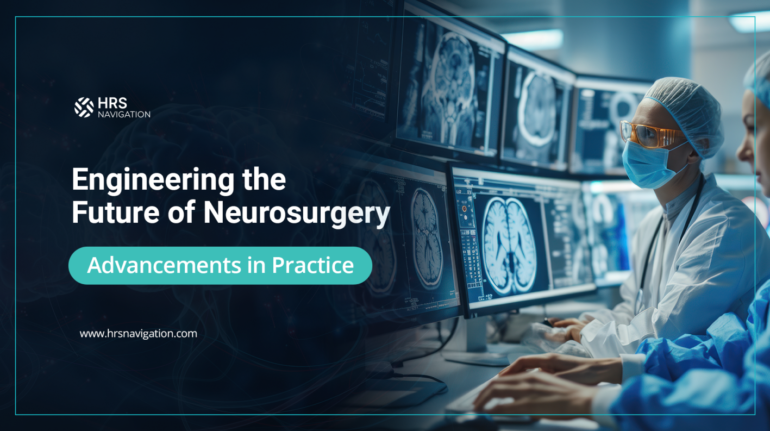
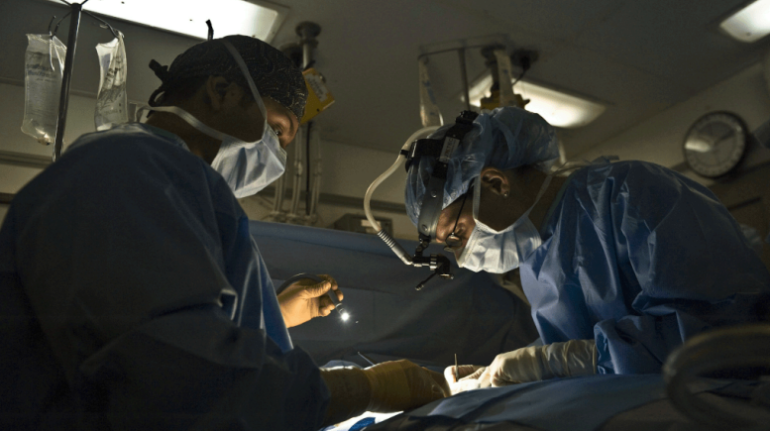
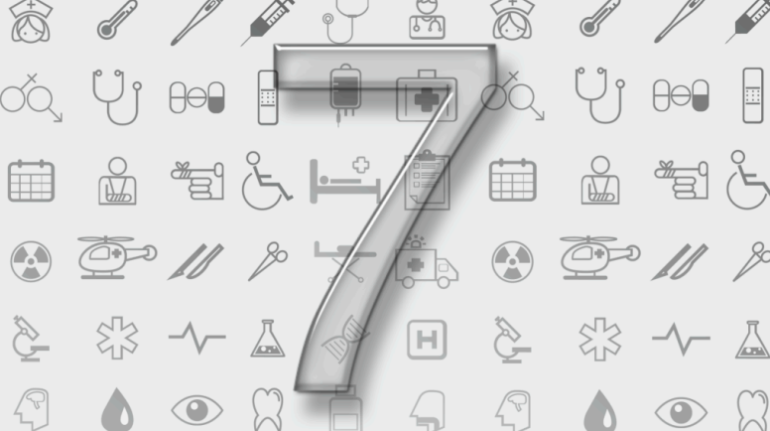
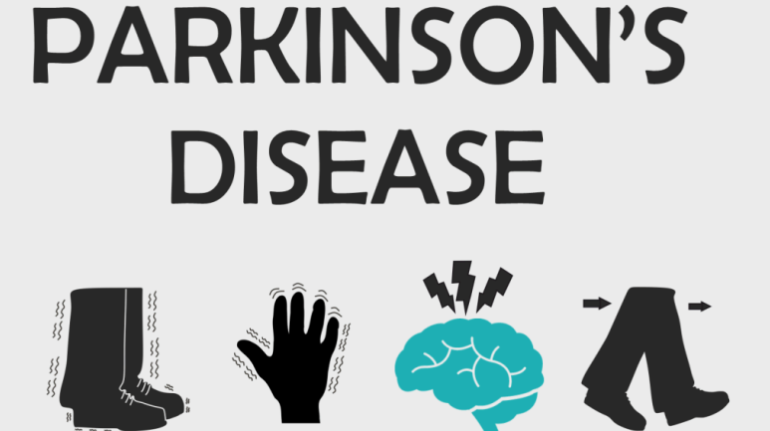
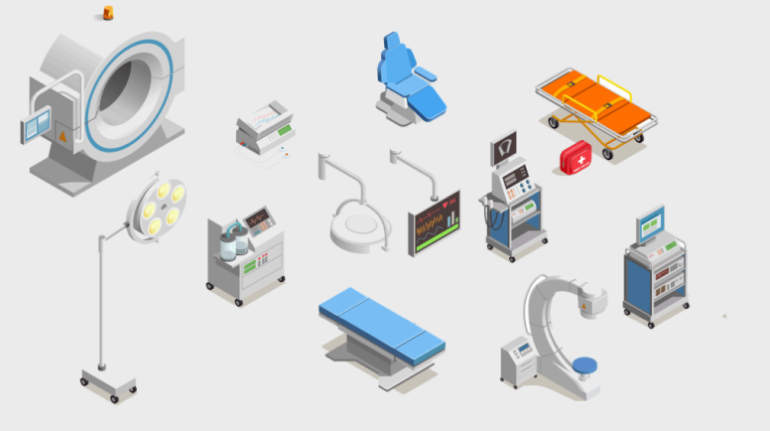

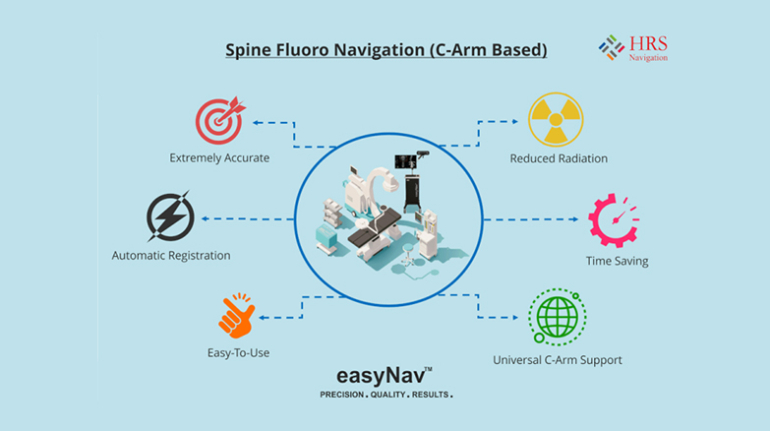
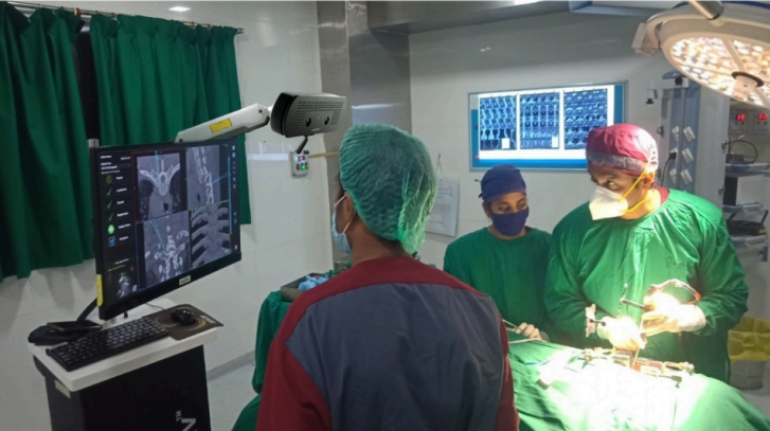
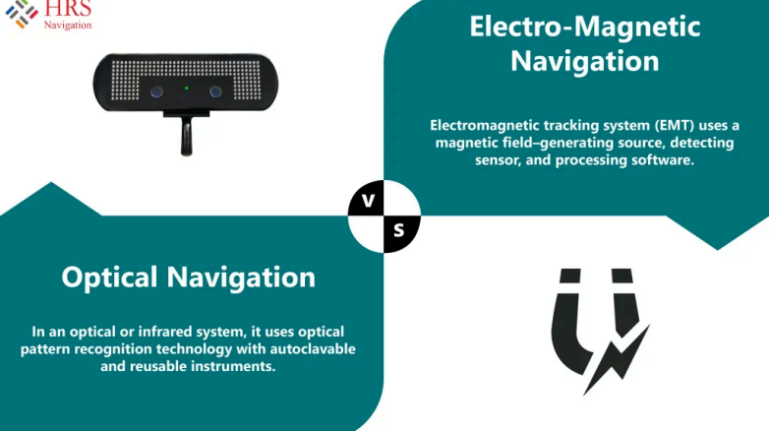
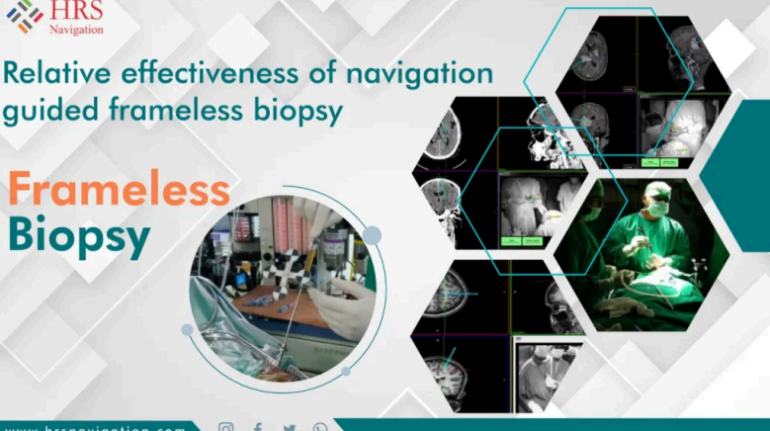
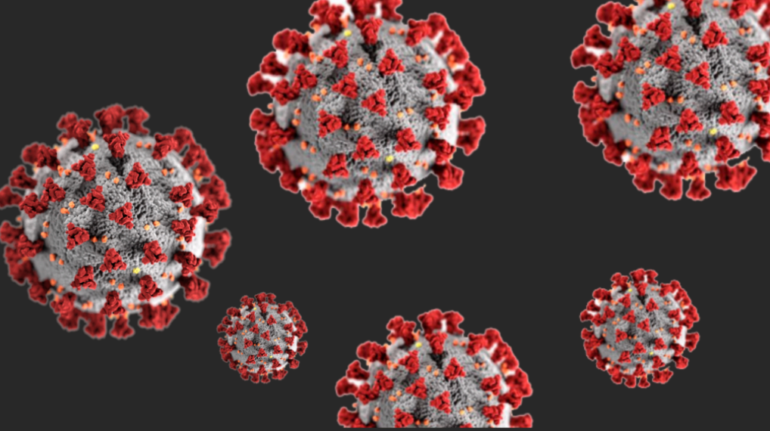
Recent Comments